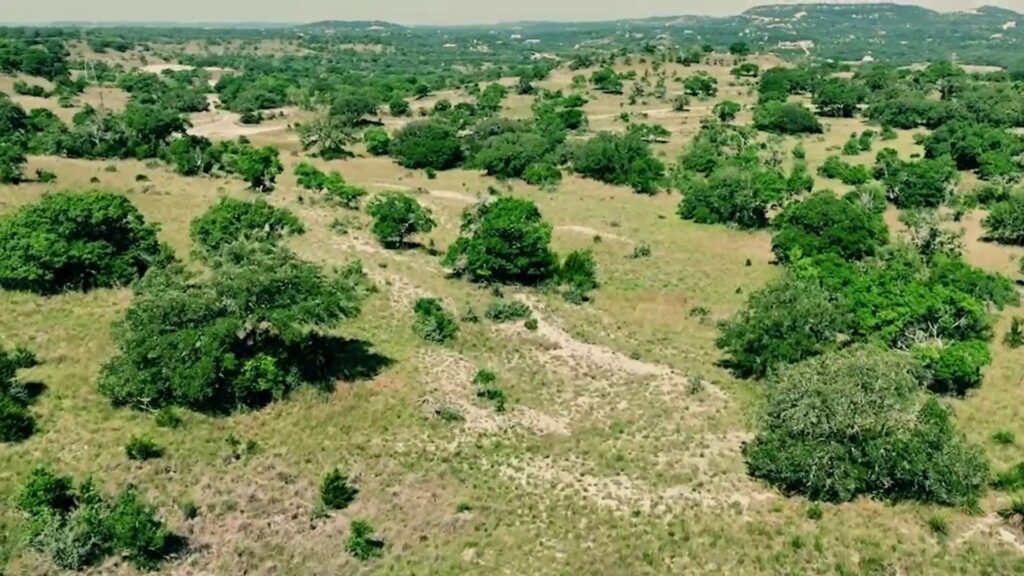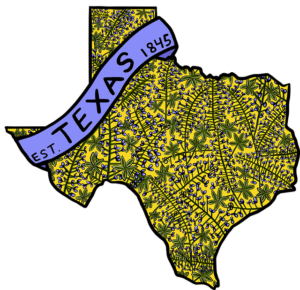
Conservation easements are a useful tool to prevent urban sprawl and damage to the Hill Country’s natural resources.
STORY HIGHLIGHTS
- HEART OF TEXAS CONSERVANCY: Joins other land trusts to protect Hill Country, Edwards Aquifer
- CONSERVATION EASEMENTS: Best method to protect Hill Country’s resources
- OPERATES IN 7 COUNTIES: Surrounding San Antonio’s sprawl
San Antonio is a growing metro that sits in a unique geographical area.
Starting in the northern city limits is the ever-popular Hill Country. It’s an area that has long brought tourists to the area, but now more and more are making it a permanent home. That urban sprawl has long concerned those who believe the Hill Country’s resources are precious and risk being severely depleted by overdevelopment.
Conservation easements: How the Hill Country gets protected
While rules have been established through the years to protect natural resources like the aquifer, perhaps nothing has been as successful as conservation easements. What is a conservation easement? It’s defined as:
“A voluntary, legal agreement that permanently restricts the uses of land to protect its natural, scenic, or historic resources. It’s a way to preserve land for future generations while still allowing the landowner to retain ownership and potentially benefit from tax deductions.”
Oftentimes, the landowner gets compensation, as well. The one major stipulation is that development, such as buildings and roads, is highly regulated to keep the land as natural as possible. In essence, this prevents developers from coming in and building massive tract home projects.
“Conservation easements are great for protecting land for your children and from your children,” said Ben Eldredge, Executive Director of the Heart of Texas Conservancy.
It doesn’t mean your children can sell the land; it just means whoever they sell to is also bound by the easement rules.
″It’s no surprise that people want to live here, and it’s not that we want to prevent people from living here,” said Eldredge of the Hill Country. “However, a lot of the development that we see coming in is not really fine-tuned to the region.“
How does it help?
Simply put, the more people you have in one space, the more the resources get depleted. The Hill Country is especially susceptible to damage due to its position atop the Trinity and Edwards Aquifers.
“When I was young, coming out here, the springs ran most of the time, and now with all the development and the wells, they go dry. Very quickly,” said Tom Frost III, who lives on family property near Boerne.
Frost, the son of well-known banker Tom Frost II and a former banker himself, has retired to the Hill Country and serves on the Heart of Texas Conservancy board. He, himself, has also put his land into a conservation easement. He hopes to preserve what it has to offer.
“The turkeys are just beautiful, and we love the deer,” Frost said. “There (are) foxes, raccoons (and) ringtails.“
It should also be noted that San Antonio’s water table and water quality are affected by what happens in the Hill Country due to it being over the Edwards recharge and contributing zones.
Lower concentrations of homes, sidewalks and roads also prevent flooding, which the Hill Country is notorious for experiencing.
Why wouldn’t someone want to sell to developers?
I asked Eldredge what he would say to someone who has been offered millions of dollars by a developer — money that may go a long way to helping a family monetarily.
“Well, a cool thing about a conservation easement is that you can have your cake and eat it too,” said Eldredge. “You can conserve the land and leave some development value in place, but where you want it.“
It often ensures that the land will stay within the family for years to come.
A figurative barrier
Hundreds of conservation easements already exist, especially along the periphery of San Antonio. In fact, the city of San Antonio has also established many conservation easements over the Edwards Aquifer recharge zone to preserve water quality for the city.
They form a kind of barrier from urban sprawl.
“With all of these conservation easements we’re developing north of Highway 46, we’d like to try to have the development really diminish and have 46 kind of be the end of it,” said Frost III.
Several entities, including the Heart of Texas Conservancy, will likely pursue conservation easements across quickly growing counties like Kendall and Comal. They also point out that while many of us don’t own land, if it’s a cause you are for, you can contribute to the land trusts to help with costs.
“Do you love the place you live, and what does it mean to love it? It means to care for it, it means to protect it,” Eldredge said.





